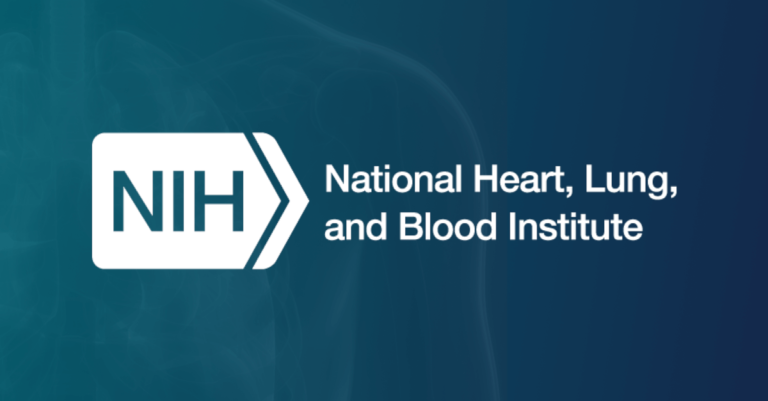Heart disease is an umbrella term for a variety of conditions that affect the structure and function of the heart. Heart disease is the leading cause of death in the United States. Coronary heart disease is a type of heart disease in which the heart’s arteries do not supply enough oxygen-rich blood to the heart. Sometimes called coronary artery disease or ischemic heart disease. According to the Centers for Disease Control and Prevention, approximately 20.5 million adults in the United States have coronary artery disease, making it the most common type of heart disease in the country.
Coronary artery disease affects the large coronary arteries on the surface of the heart. Another type of heart disease called coronary microvascular disease affects the small arteries within the heart muscle. Coronary microvascular disease is more common in women.
The causes of coronary heart disease vary by type. Coronary artery disease is often caused by cholesterol, a waxy substance that builds up within the lining of coronary arteries and forms plaque. This plaque buildup can partially or completely block blood flow in the heart’s large arteries. Coronary microvascular disease occurs when there is damage to the inner walls of the heart’s small blood vessels. For most people, coronary heart disease is preventable through a heart-healthy lifestyle and medication.
Symptoms of coronary heart disease can vary from person to person even with the same type of coronary heart disease. However, many people do not know they have coronary heart disease until they experience chest pain because they have no symptoms. Blood flow to the heart is blocked, causing a heart attack. Or, the heart suddenly stops pumping blood, also called cardiac arrest.
If you have coronary heart disease, you may need heart-healthy lifestyle changes, medications, surgery, or a combination of these approaches to manage your condition and prevent serious problems.

fact sheet
Fact sheet to know the difference
Learn basic facts about coronary heart disease.


